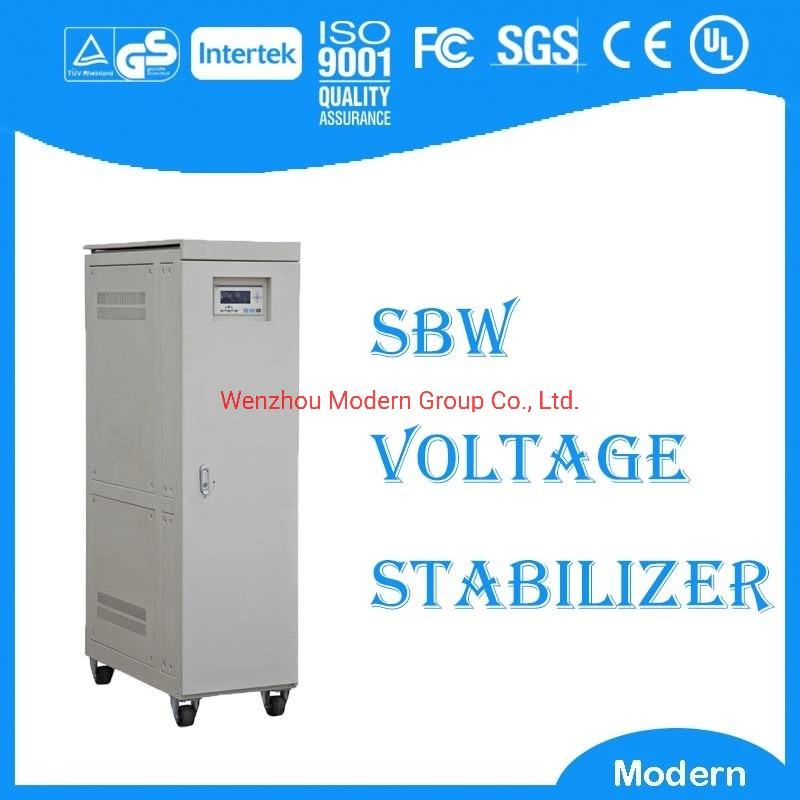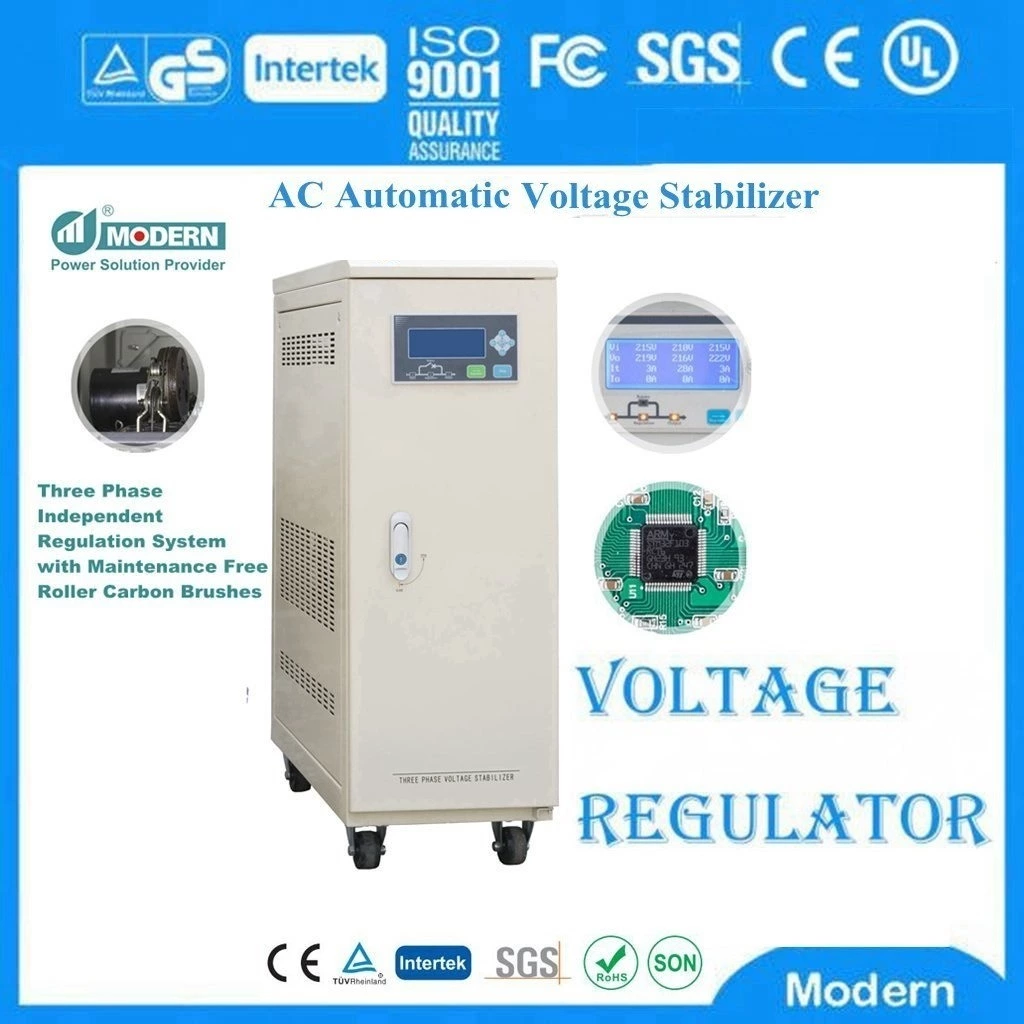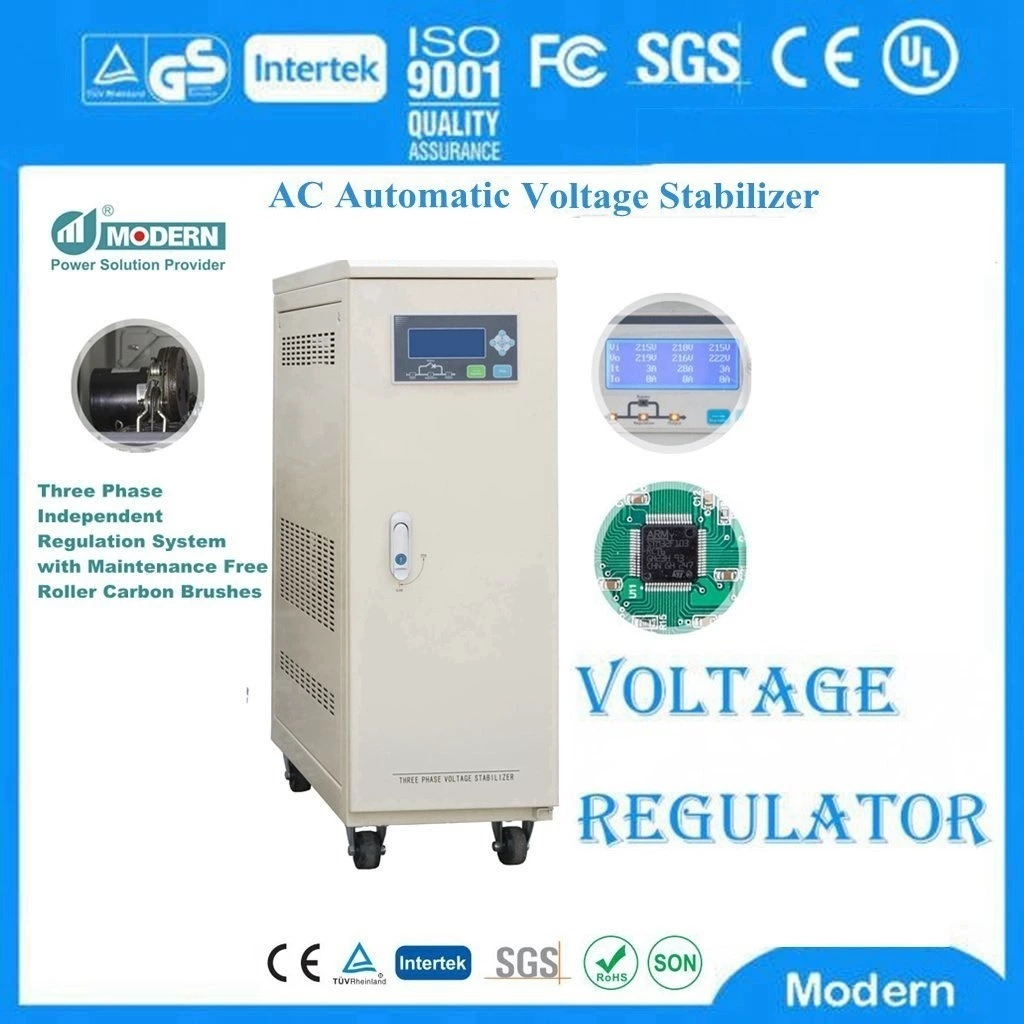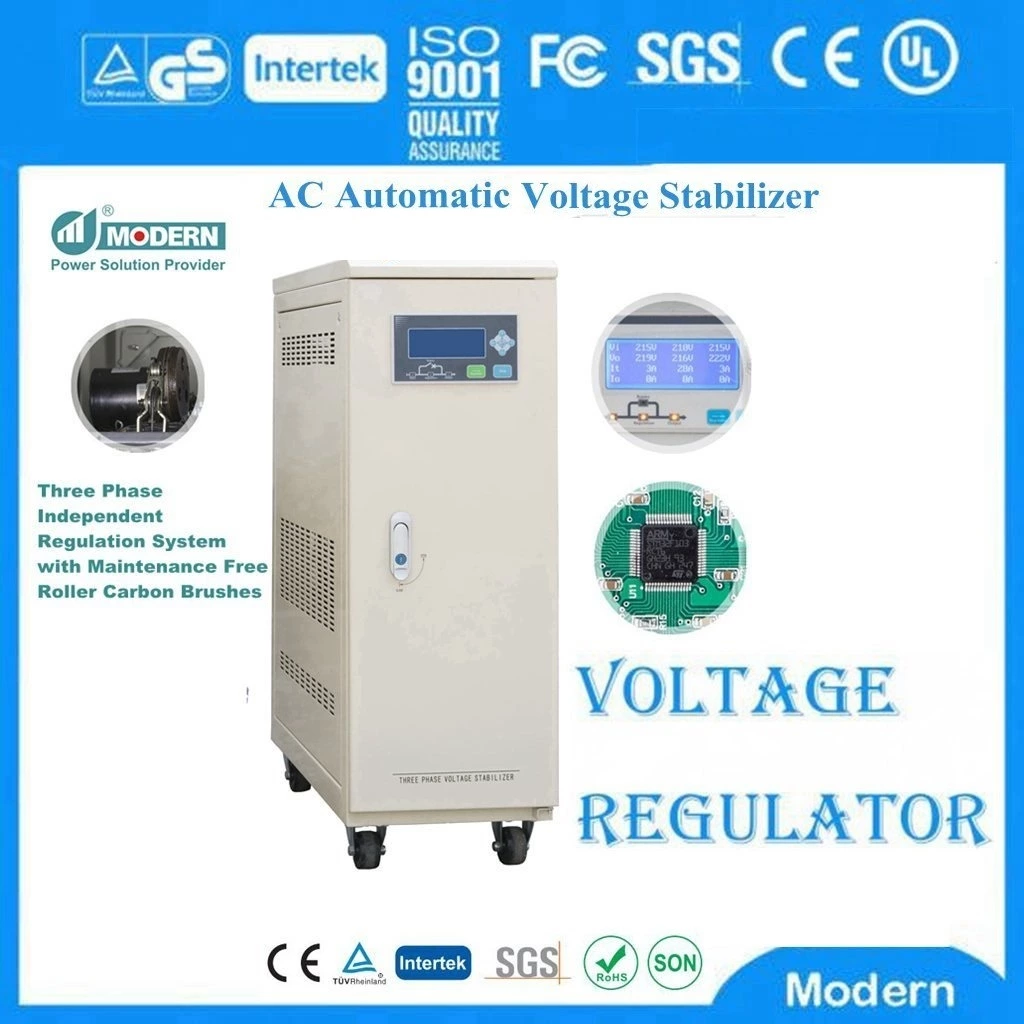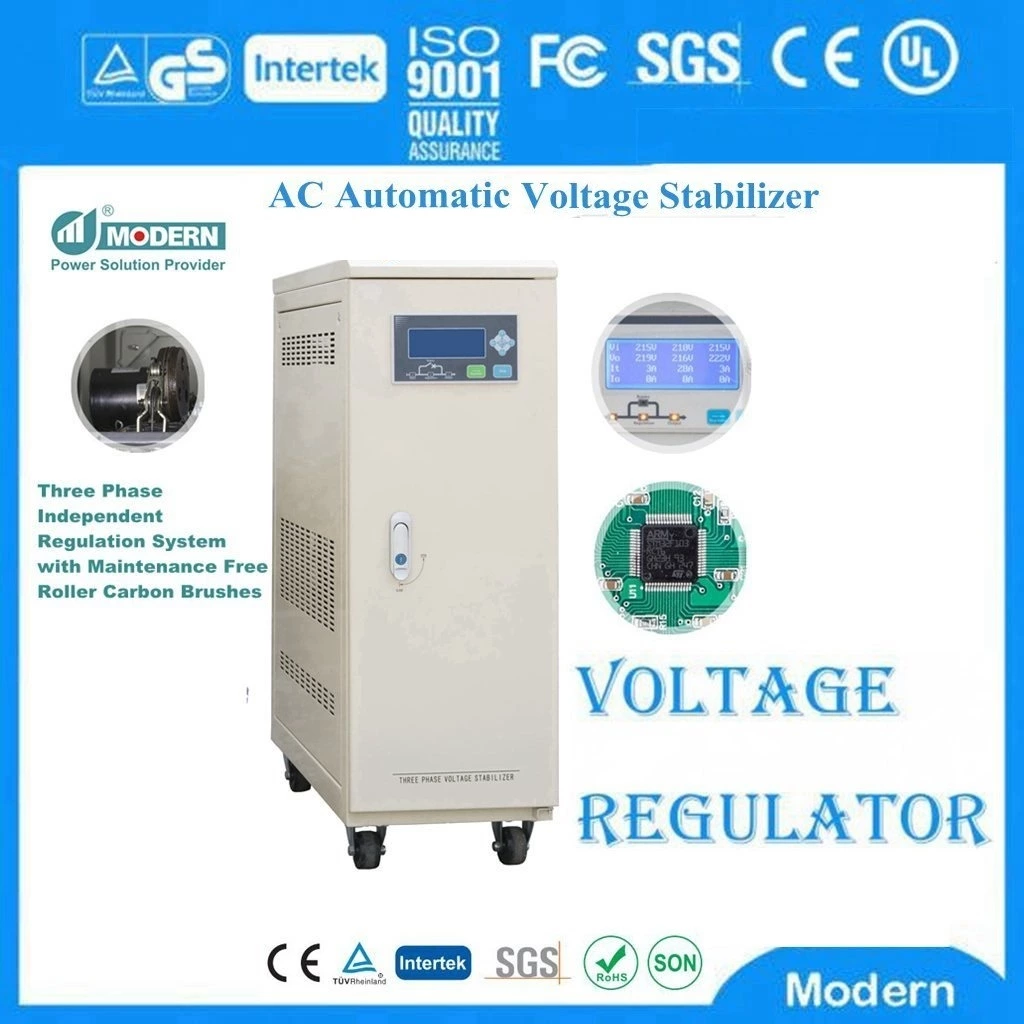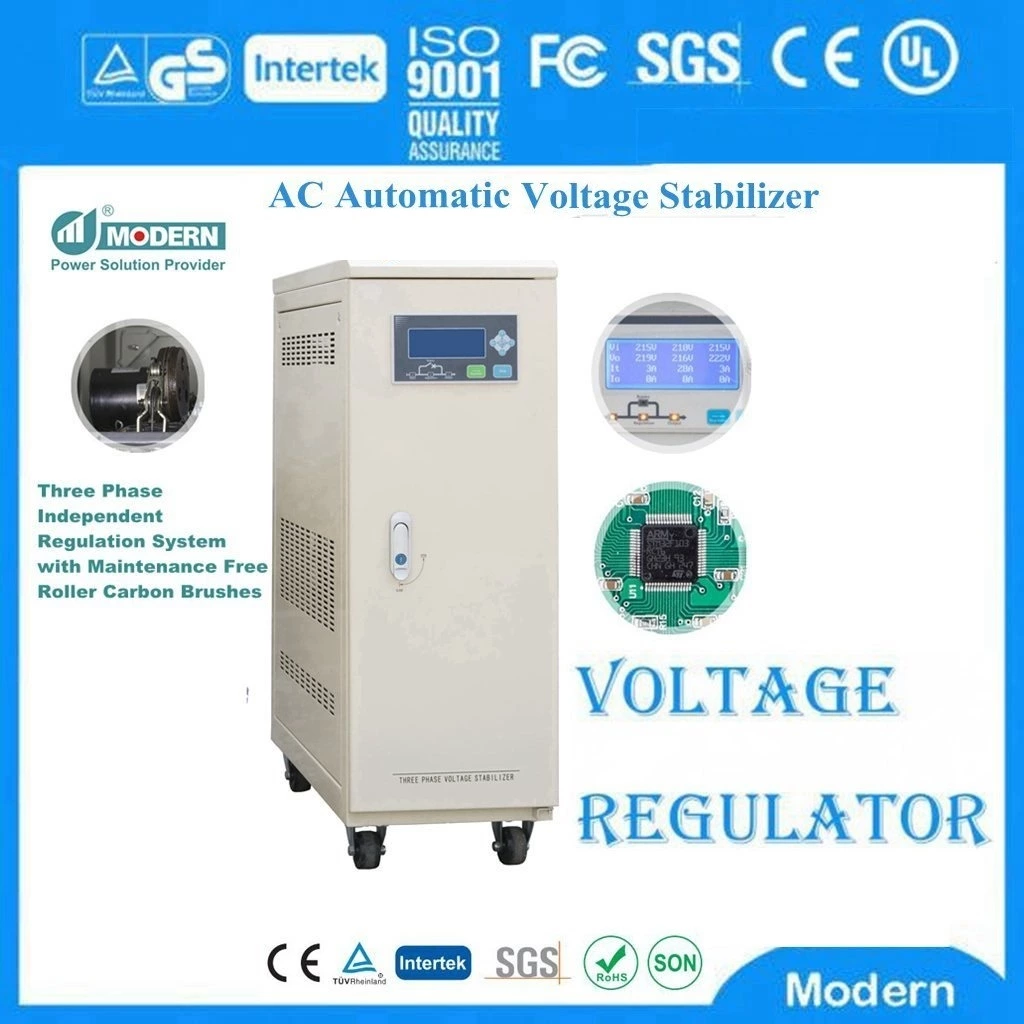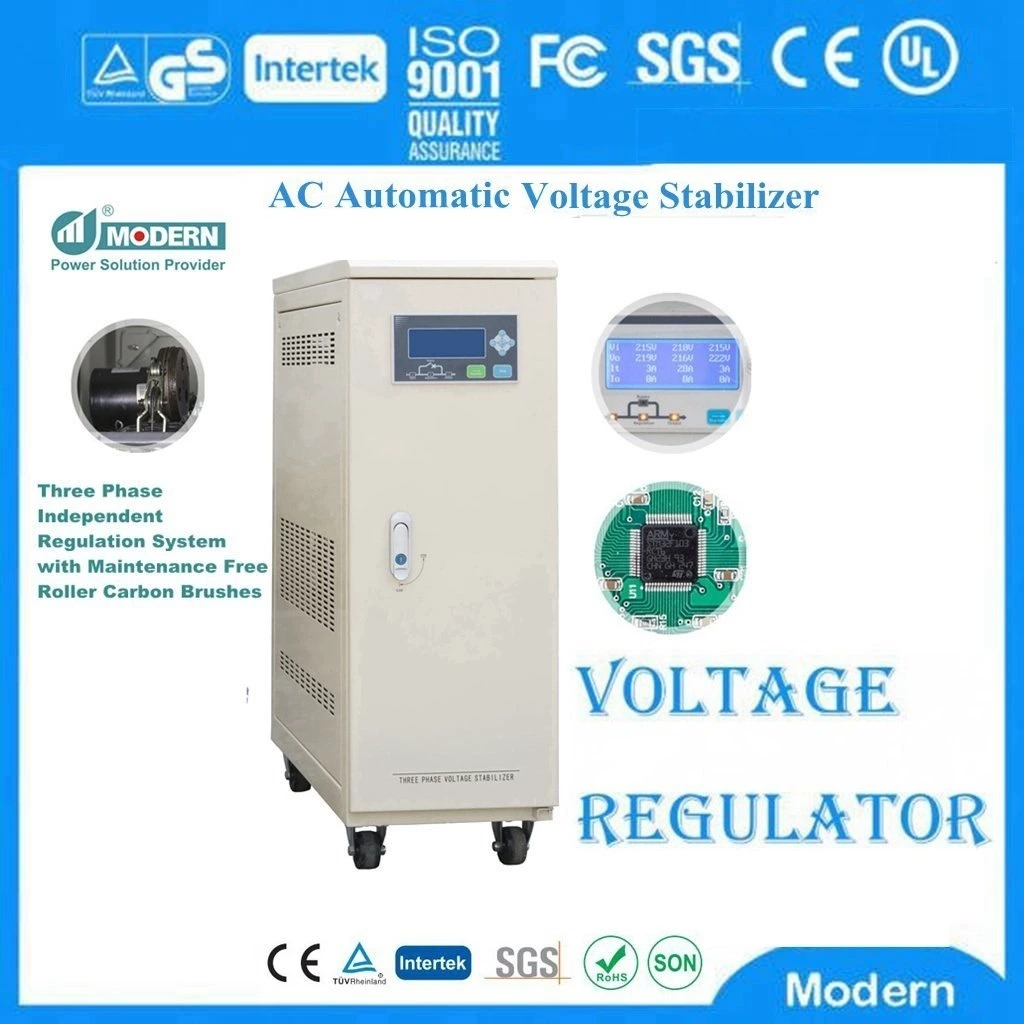What Type Of Voltage Regulator Is Ldo?
Automatic Voltage Regulator. Automatic regulators use transistors or FETs operating in their linear region to subtract excess voltage from the applied input voltage to produce a regulated output voltage. The so-called dropout voltage is the minimum difference between the input voltage and the output voltage required for the automatic regulator to maintain the output voltage within 100mV of its rated value. Automatic regulators with positive output voltages usually use power transistors (also called pass devices) as PNP.
This transistor allows saturation, so the automatic regulator can have a very low dropout voltage, usually around 200mV; compared to the dropout of traditional automatic regulators using NPN composite power transistors, which are around 2V. Negative output LDOs use NPN as their pass devices and operate in a similar manner to the PNP devices of positive output LDOs.
Newer developments use CMOS power transistors, which are able to provide the lowest dropout voltage. With CMOS, the only voltage drop across the automatic regulator is caused by the ON resistance of the power device load current. If the load is small, the voltage drop produced in this way is only tens of millivolts.
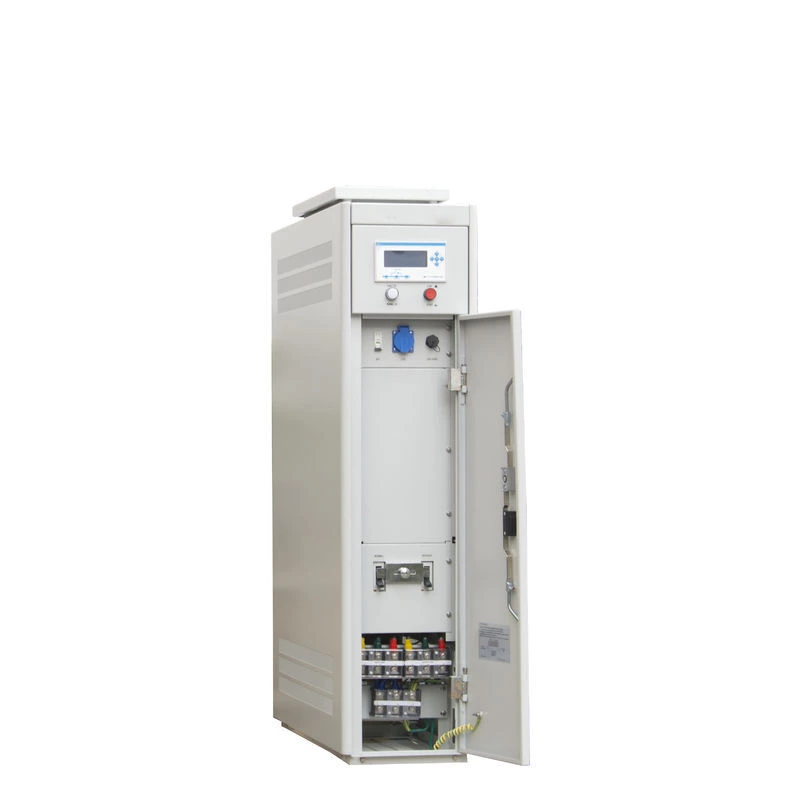
 Русский
Русский
 Français
Français
 Português
Português
 Español
Español
 اللغة العربية
اللغة العربية
